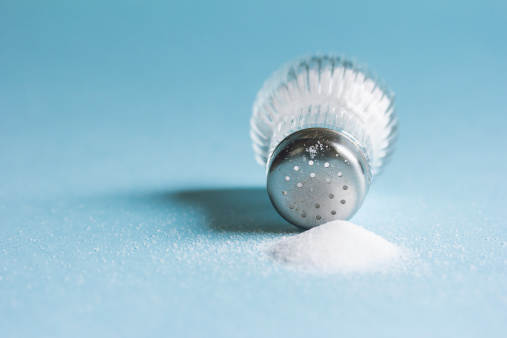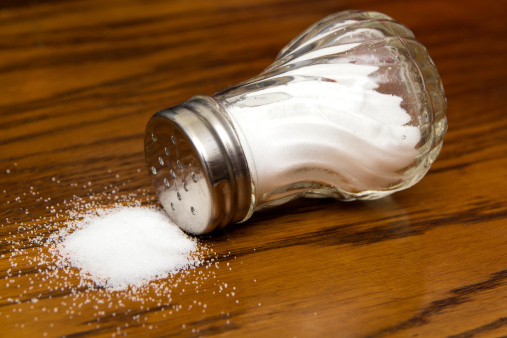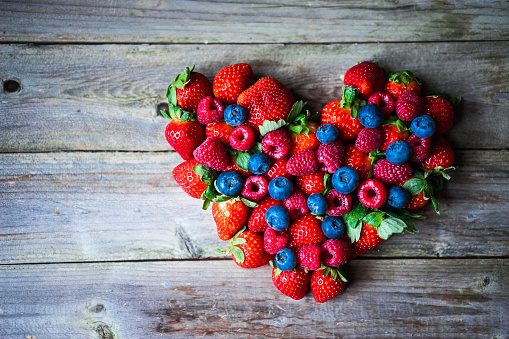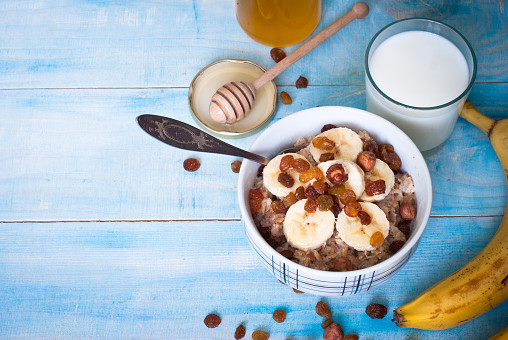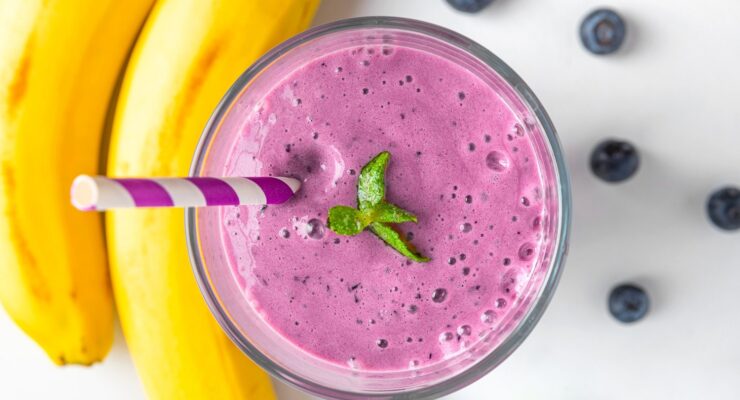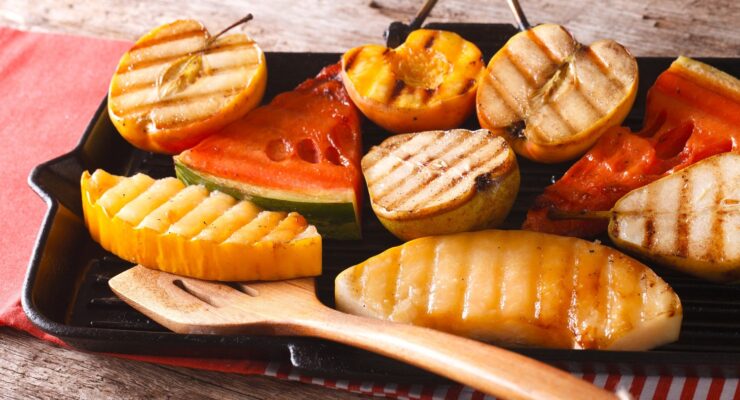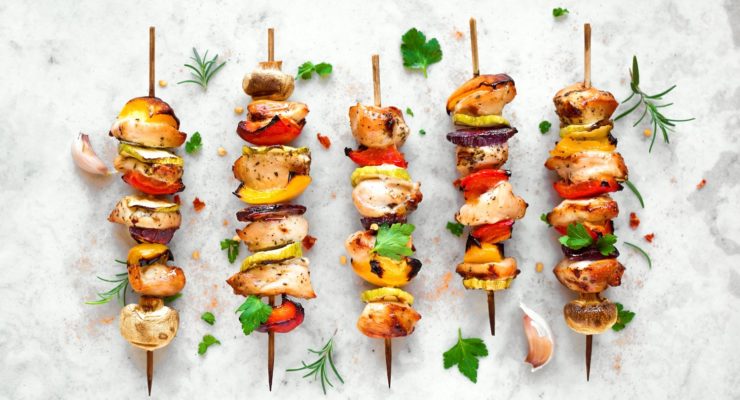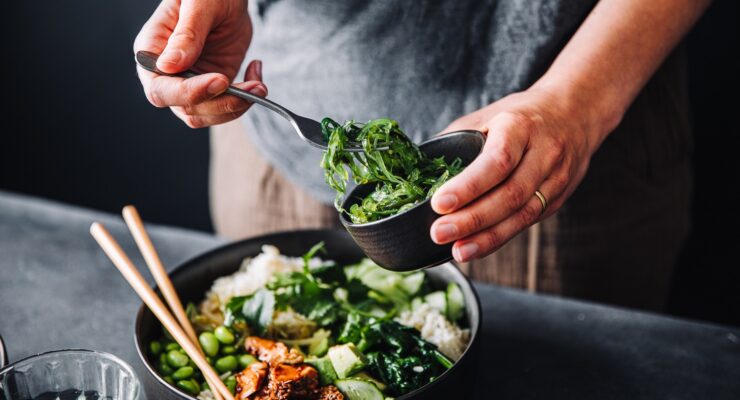12 Sneaky Sources of Sodium
Article posted in: Diet & Nutrition
You need salt. Sodium helps your body regulate fluids, contract muscles and transmit signals along your nervous system. But too much sodium in your diet can lead to high blood pressure, strokes and heart and kidney diseases. Excess salt also causes your body to retain fluids, which become extra pounds that impede your progress to your weight loss goal.
The U.S. Department of Agriculture (USDA) recommends limiting your sodium intake to less than 2,300 milligrams per day (1,500 milligrams, if you are over age 50). That’s about one teaspoon of salt. The average American consumes about 3,400 milligrams of sodium daily. Even if you never touch the salt shaker, you may be consuming more than you need. These 12 foods may not taste too salty, but they pile up your daily sodium intake:
1. Salad Dressing
Know this: Bottled and powdered dressings contain as much as 430 milligrams of sodium in a two tablespoon serving. Instead, make your own vinaigrette with just oil, vinegar and herbs.
2. Ketchup
Know this: You get 167 milligrams of sodium in every tablespoon. Americans consume about 71 pounds of ketchup per person annually, or just over 1.3 pounds per week, according to the USDA.
3. Spaghetti Sauce
Know this: Bottled and canned marinara sauces hit you with more than 300 milligrams in a half-cup serving, and a few brands have more than 600 milligrams per serving. Look for low-sodium options.
4. Cottage Cheese
Know this: Salt is one of the basic ingredients in nearly all types of cheese, with feta and blue cheese at the top of the list of sodium content. Even low-fat cottage cheese comes with more than 400 milligrams in a half-cup serving. Go for “no salt added” varieties, which have less than a 100 milligrams in a serving.
5. Oatmeal
Know this: Instant oatmeal has as much as 350 milligrams in three-quarters of a cup. The flavored varieties, such as maple and brown sugar, have more than three times as much the basic kind.
6. Breakfast Cereal
Know this: Check labels before you buy. One cup of Post Grape Nuts comes with nearly 600 milligrams of sodium, while Kellogg’s Raisin Bran has 210. There’s no sodium in shredded wheat.*
7. Bacon
Know this: All processed meats are high in sodium. With three strips of bacon, you get about 435 milligrams. Turkey bacon typically has less than 300 milligrams in three strips.
8. Bagels
Know this: A plain bagel contains 500 milligrams of sodium, and salty varieties such as onion flavored have even more. Smear on three ounces of cream cheese and you get another 270 milligrams.
9. Sliced Bread
Know this: Some brands of whole wheat bread feed you nearly 400 milligrams of sodium in each slice. Check labels to find one that has less than 200 per slice.
10. Canned Beans
Know this: All canned foods tend to be very high in salt. You get 800 milligrams per serving of kidney beans, but you can reduce the amount by rinsing the beans under water before cooking.
11. Reduced Fat Chips
Know this: You know that ordinary potato chips are salty–with about 180 milligrams of sodium in a 1-ounce serving. But reduced-fat baked versions have even more–as much as 250 milligrams per serving.
12. Chicken Nuggets
Know this: Along with the many excess calories in pre-cooked frozen foods, you get 600 milligrams of sodium in just three ounces of chicken nuggets.
*Nutritional information taken from company websites on 3/10/2016.

